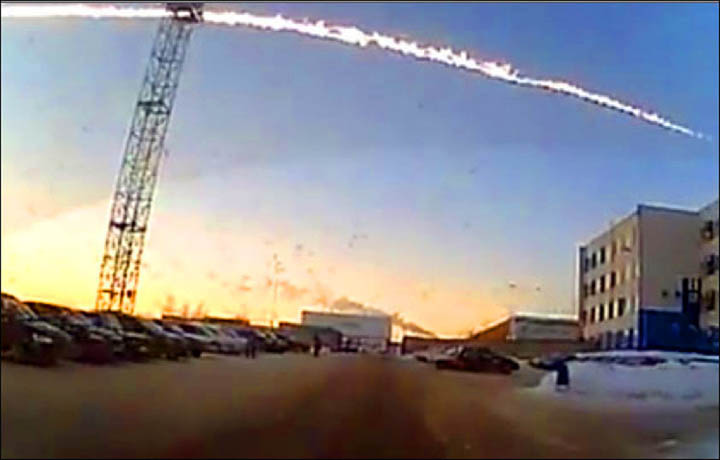
A large lump of meteorite - perhaps the biggest - is reported resting in silt some 50 metres from the spot it made an icy hole in the murky lake.
'The operation will be held in the muddy waters of the lake in conditions of zero visibility,' reported Itar-Tass, citing Alexander Galich, the regional minister of radiation and ecological security.
'Divers will have to use special equipment. The local authorities will engage professional divers from the regional rescue services and from other specialised organizations.'
Sergei Zakharov, of the geography department of Chelyabinsk State Pedagogical University, said: 'We have established jointly with researchers from the Charles University in Prague that after falling into the lake the meteorite struck against the ice from below and only then sank.
'It is not ruled out that it might have broken into pieces'.



One mans sic[woman's] space junk is another ones treasure! lol